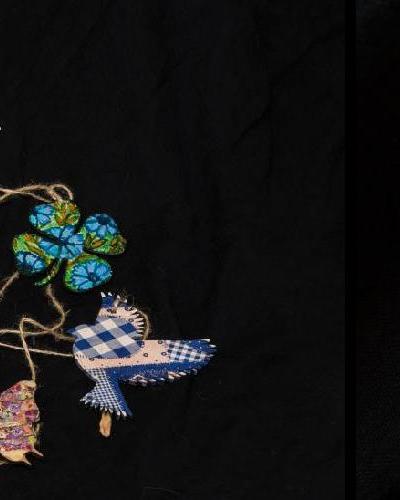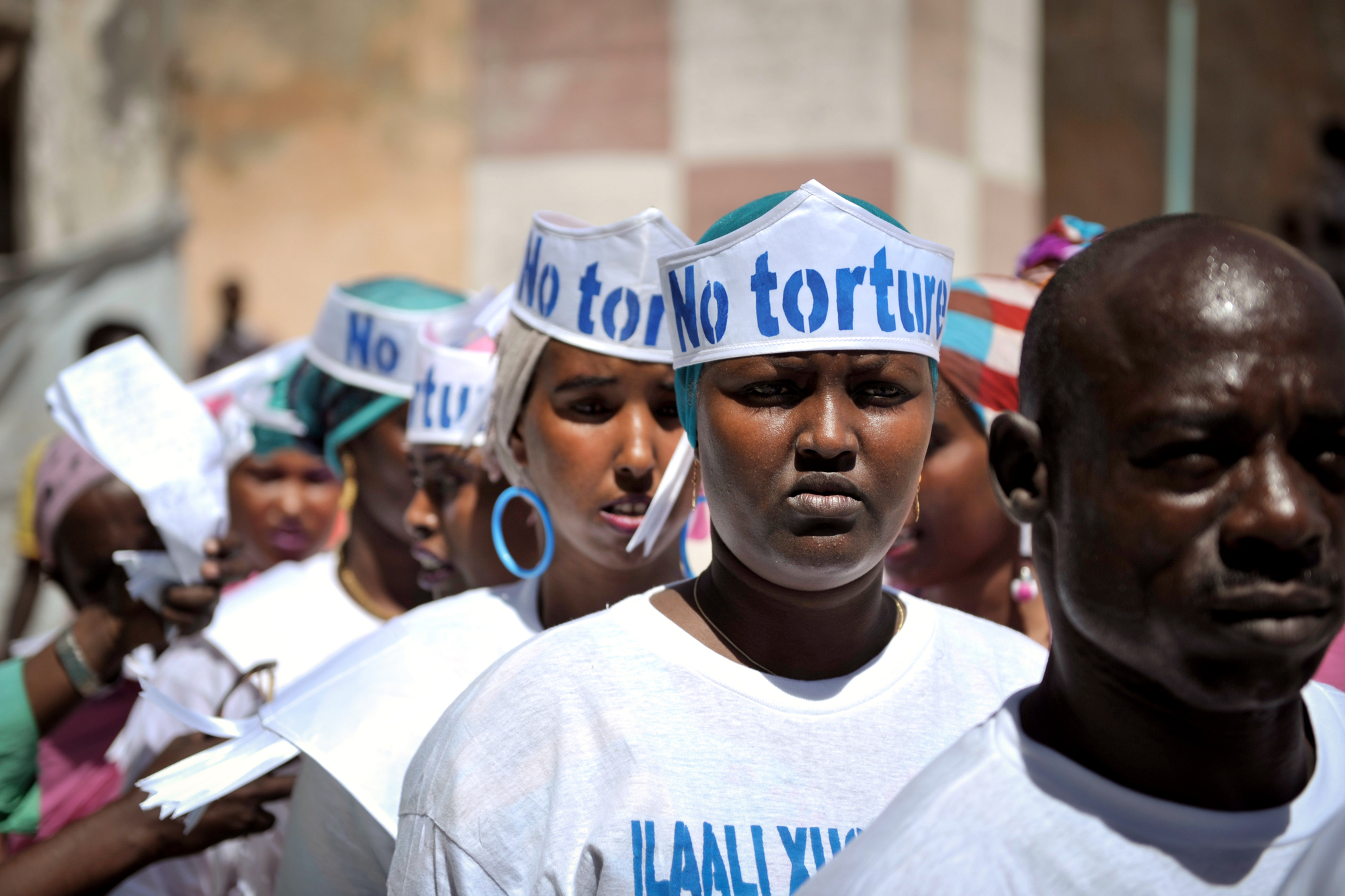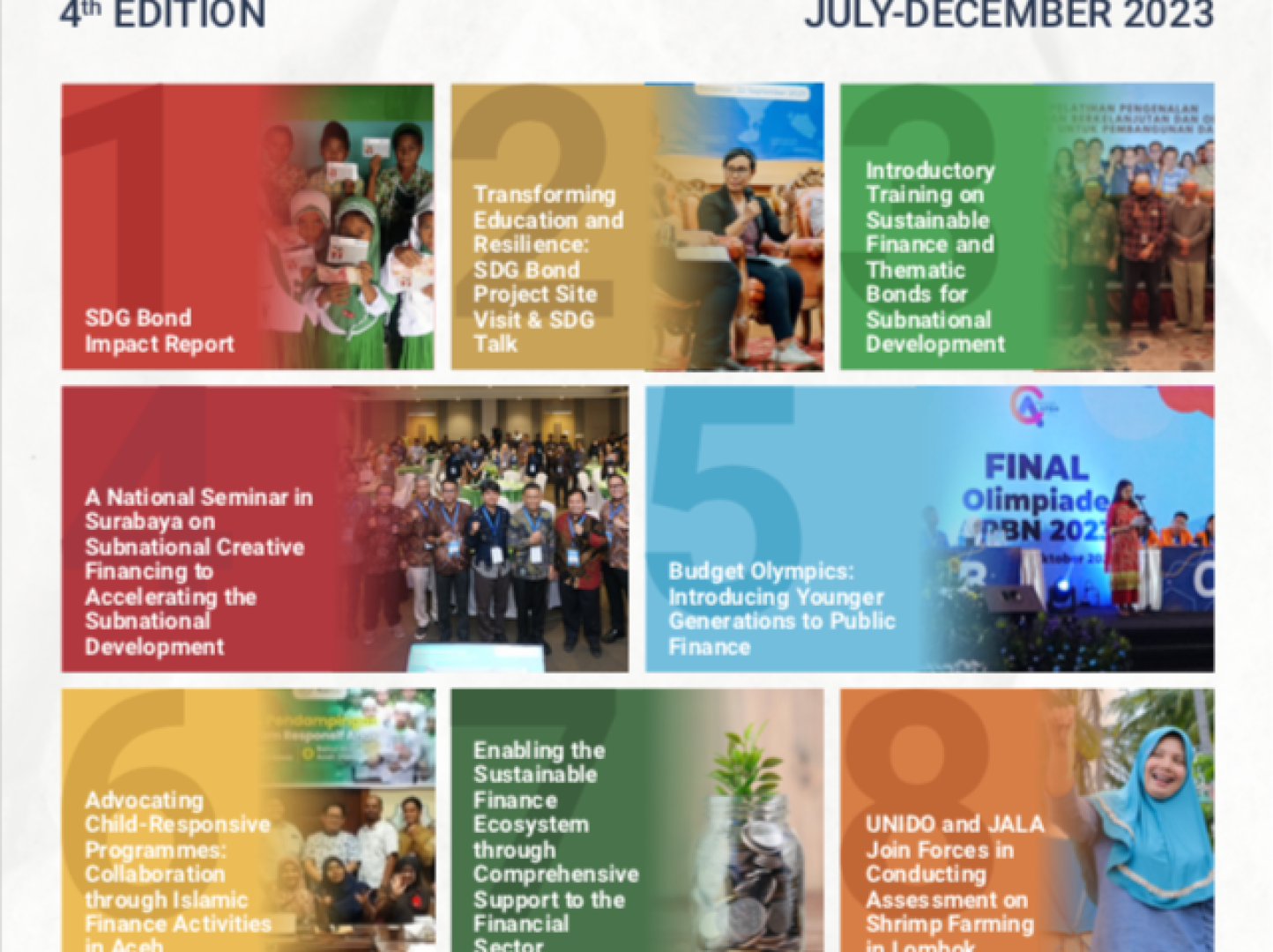International Day in Support of Victims of Torture - 26 June

"Torturers must never be allowed to get away with their crimes, and systems that enable torture should be dismantled or transformed." - UN Secretary-General António Guterres.
Torture: a crime against humanity
Torture seeks to annihilate the victim’s personality and denies the inherent dignity of the human being. Despite the absolute prohibition of torture under international law, torture persists in all regions of the world. Concerns about protecting national security and borders are increasingly used to allow torture and other forms of cruel, inhuman or degrading treatment. Its pervasive consequences often go beyond the isolated act on an individual; and can be transmitted through generations and lead to cycles of violence.
The United Nations has condemned torture from the outset as one of the vilest acts perpetrated by human beings on their fellow human beings.
Torture is a crime under international law. According to all relevant instruments, it is absolutely prohibited and cannot be justified under any circumstances. This prohibition forms part of customary international law, which means that it is binding on every member of the international community, regardless of whether a State has ratified international treaties in which torture is expressly prohibited. The systematic or widespread practice of torture constitutes a crime against humanity.
On 12 December 1997, by resolution 52/149, the UN General Assembly proclaimed 26 June the United Nations International Day in Support of Victims of Torture, with a view to the total eradication of torture and the effective functioning of the Convention against Torture and Other Cruel, Inhuman or Degrading Treatment or Punishment.
26 June is an opportunity to call on all stakeholders including UN Member States, civil society, and individuals everywhere to unite in support of the hundreds of thousands of people around the world who have been victims of torture and those who are still tortured today.
Healing through rehabilitation
Recovering from torture requires prompt and specialized programmes. The work of rehabilitation centres and organizations around the world has demonstrated that victims can make the transition from horror to healing. The UN Voluntary Fund for Victims of Torture, administered by the UN Human Rights Office in Geneva is a unique victim-focused mechanism that channels funding for the assistance to victims of torture and their families. Established in 1981 with a mandate to support torture victims and their families, the Fund works by channeling voluntary contributions to civil society organizations providing legal, social, humanitarian, psychological and medical services. Beneficiaries include human rights defenders, persons deprived of liberty, children and adolescents, refugees and migrants, victims of enforced disappearance, indigenous peoples, victims of sexual and gender-based violence and LGBTI persons, among others. The UN Voluntary Fund for Victims of Torture accepts donations.
To witness how rehabilitation services help torture survivors to heal, watch the UN Torture Fund trailer, featuring interviews with beneficiary organizations, survivors, and trustees.
Why do we mark 26 June?
The UN International Day in Support of Victims of Torture on 26 June marks the moment in 1987 when the UN Convention Against Torture and Other Cruel, Inhuman or Degrading Treatment or Punishment, one of the key instruments in fighting torture, came into effect. Today, there are 173 State parties to the Convention.
What constitutes torture?
"[T]he term 'torture' means any act by which severe pain or suffering, whether physical or mental, is intentionally inflicted on a person for such purposes as obtaining from him or a third person information or a confession, punishing him for an act he or a third person has committed or is suspected of having committed, or intimidating or coercing him or a third person, or for any reason based on discrimination of any kind, when such pain or suffering is inflicted by or at the instigation of or with the consent or acquiescence of a public official or other person acting in an official capacity. It does not include pain or suffering arising only from, inherent in or incidental to lawful sanctions." — Convention against Torture and other Cruel, Inhuman or Degrading Treatment or Punishment (1984, art. 1, para.1)
Legal standards and instruments
In 1948, the international community condemned torture and other cruel, inhuman or degrading treatment in the Universal Declaration of Human Rights adopted by the United Nations General Assembly. In 1975, responding to vigorous activity by non-governmental organizations(NGOs), the General Assembly adopted the Declaration on the Protection of All Persons from Being Subjected to Torture and Other Cruel, Inhuman or Degrading Treatment or Punishment.
During the 1980s and 1990s, progress was made both in the development of legal standards and instruments and in enforcement of the prohibition of torture. The United Nations Voluntary Fund for Victims of Torture was established by the General Assembly in 1981 to fund organizations providing assistance to victims of torture and their families.
The Convention against Torture and Other Cruel, Inhuman, or Degrading Treatment or Punishment was adopted by the General Assembly in 1984 and came into force in 1987. Its implementation by States parties is monitored by a body of independent experts, the Committee against Torture.
The first Special Rapporteur on torture, an independent expert mandated to report on the situation of torture in the world, was appointed by the Commission on Human Rights in 1985. During the same period, the General Assembly adopted resolutions in which it highlighted the role of health personnel in protecting prisoners and detainees against torture and established general principles for the treatment of detained persons. In December 1997, the General Assembly proclaimed 26 June United Nations International Day in Support of Victims of Torture.
In 2002, the Optional Protocol to the Convention against Torture was adopted, a treaty aimed at preventing torture and cruel, inhuman or degrading treatment by allowing for an international inspection system for places of detention. The Protocol also obliges States to set up independent National Preventive Mechanisms (NPMs) to examine the treatment of people in detention, make recommendations to government authorities to strengthen protection against torture and comment on existing or proposed legislation. It is administered by the Subcommittee on Prevention of Torture. To date, 91 States are parties to the Protocol.
Can we end torture?
Nearly four decades on from the adoption of the UN Convention against Torture, there is evidence that it is still taking place in all regions of the world, even though it’s a recognized international crime. Listen to independent human rights experts Claude Heller and Suzanne Jabour – the chairpersons of the UN Committee against Torture, and the Subcommittee on the Prevention of Torture – as they attempt to convince countries to end the practice.
The United Nations has repeatedly acknowledged the important role played by non-governmental organizations (NGOs) in the fight against torture. In addition to lobbying for the establishment of United Nations instruments and monitoring mechanisms, they have made a valuable contribution to their enforcement. Individual experts, including the Special Rapporteur on torture and the Special Rapporteur on violence against women, and treaty monitoring bodies such as the Committee against Torture rely heavily on information brought to their attention by NGOs and individuals.
This part of the article has been published in the United Nations' site in this link: https://www.un.org/en/observances/torture-victims-day.








